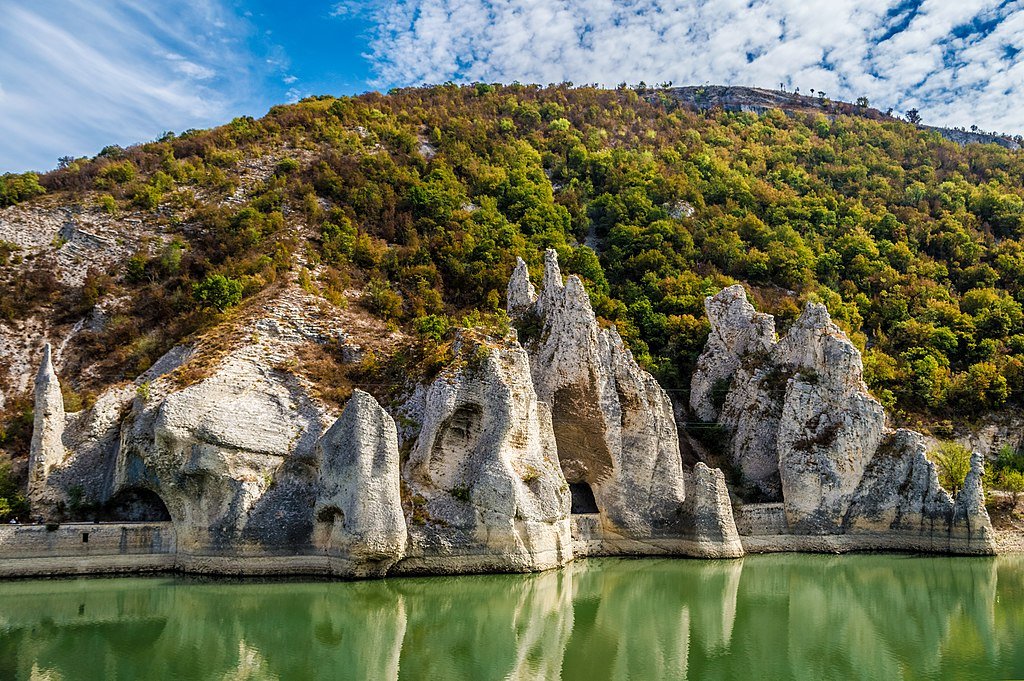
15 Best Things to See in Varna (Bulgaria)
The third-largest city in Bulgaria is a Black Sea port that has served as a summer getaway for everyone from the nobles of Bulgaria to young, wild tourists for more than a century. People of all ages will find something to their liking at Varna’s bars and nightclubs, which are frequented by young people in their late teens and early 20s. The city’s archaeological museum houses the oldest gold treasure in the world (6,000 years old), and if that isn’t enough, you can also view fanciful natural rock formations, stroll through a true desert, go back in time to communist times, or spend hot days relaxing on a sandy beach by the Black Sea. The finest activities in Varna are listed below.
- The Museum of the History of Medicine
- The Wonderful Rocks
- Retro Museum
- The Sea Garden
- Barite Complex
- Varna Cathedral
- Stone Forest
- University Botanical Garden
- Aladzha Monastery
- The Archaeological Museum
- The Battle of Varna Park Museum
- Amusement Park Varna
- Varna Roman Baths
- Golden Sands
- Euxinograd
The Museum of the History of Medicine
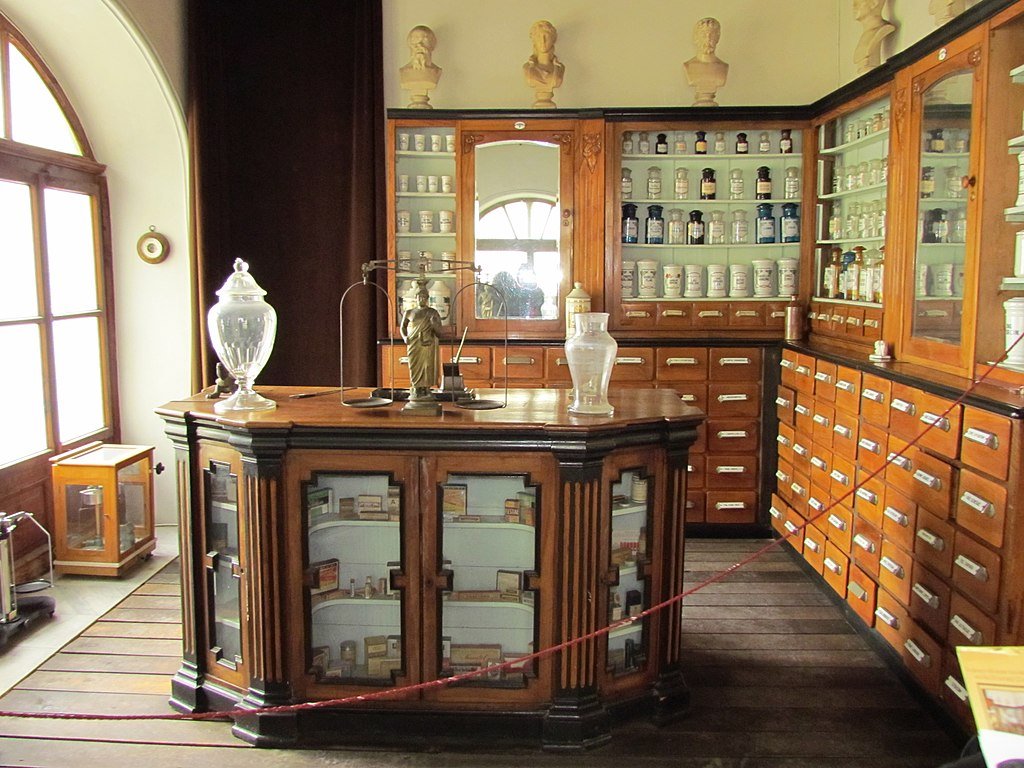
The sole tourist destination focused on the Balkan region’s medical history is located at the University of Varna. The chronology of medical treatment in Bulgaria from Ancient Thrace to the Ancient Greeks, Romans, and the early years of Bulgarian independence is available, and it’s not just for aspiring medical professionals. Each era is represented by real artefacts that have been found nearby. A total of 4,000 medical books are on display at the museum, along with natural history displays tracing the history of human development in the area. An ultrasound scanner and an x-ray machine are examples of modern medical equipment that are also included.
The Wonderful Rocks

The government designated these strange rock formations as a “National Phenomenon” in 1949. It is a scenery that must be seen to be believed, much like the Stone Forest. Here, on either side of the river, are what you can only describe as 50-meter-tall stone needles that are like the towers of some enormous abstract stronghold. The limestone rocks have strange shapes as a result of centuries of wind and water weathering. These bluffs are popular with rock climbers, but if you’re simply out for a stroll, you can follow the tunnel that runs beneath them to get a beautiful view of the needles.
Retro Museum
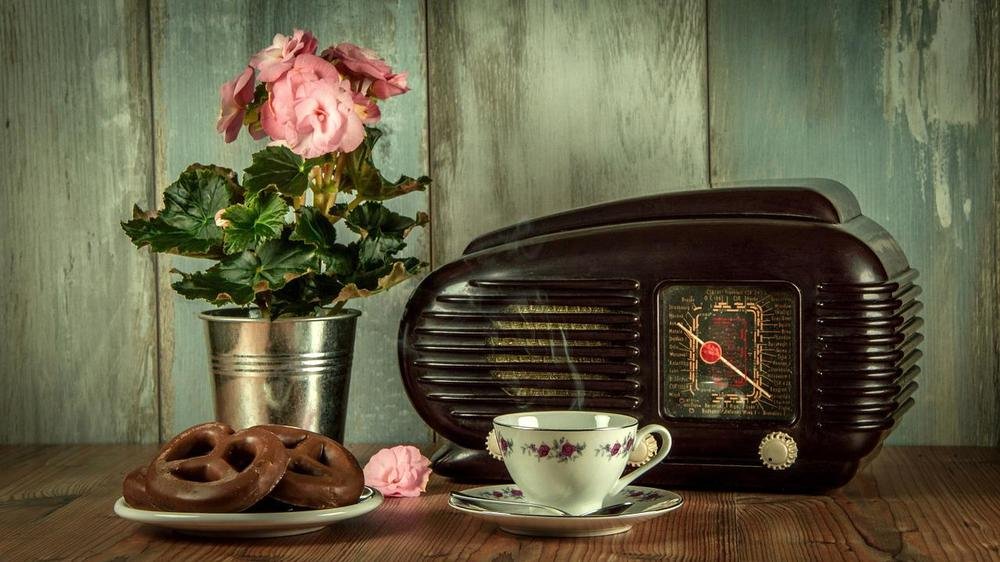
The Retro Museum in Varna provides a glimpse into a not-so-distant past by illuminating the city during the socialist era. The museum, which is located in the Grand Mall, has curated pretty much every area of modern-day life you can imagine. There are cosmetics, vacuum cleaners, kitchenware, and cigarettes from Bulgaria. These are placed next to wax replicas of the most well-known public figures, including Emil Dimitrov, a singer, and, of course, Todor Zhivkov, the period’s head of state. The main draw, though, is the collection of 50 vehicles, which includes boxy Skodas, Trabants, and Volgas, as well as a Chaika limousine used to transport Politburo members.
The Sea Garden
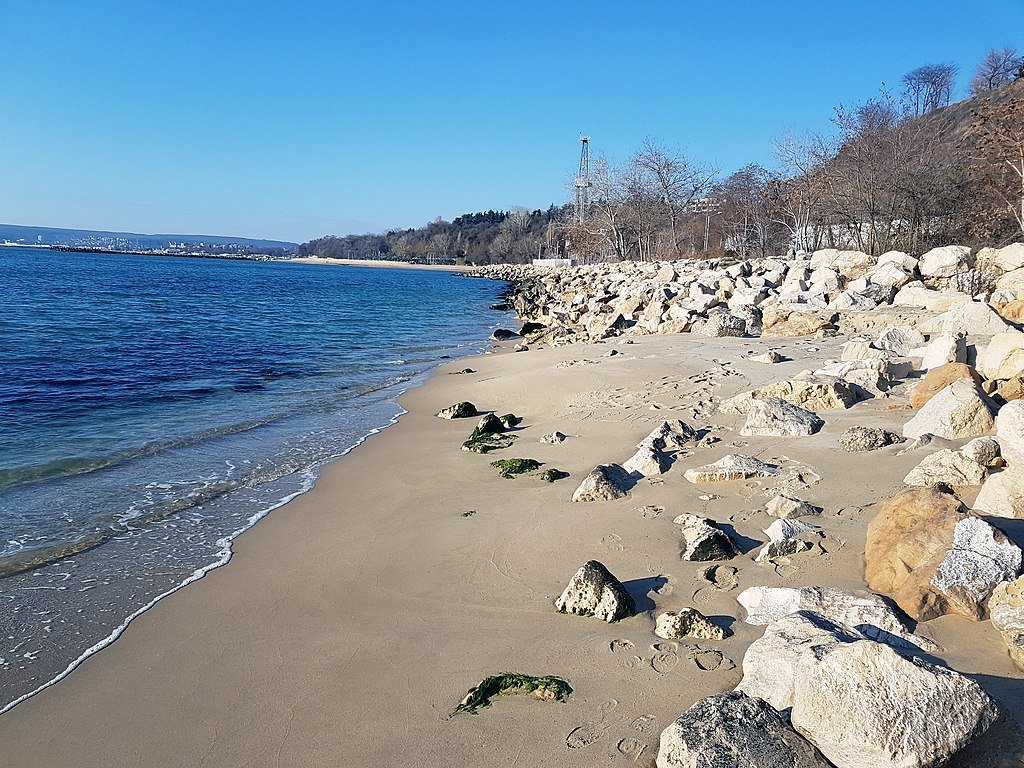
The Sea Garden is a vast park that stretches along the waterfront and extends into the city for a good distance. It is a national monument of landscape architecture. Here, residents of Varna can unwind and enjoy themselves at places like the Dolphinarium, a zoo geared toward families, and a casino geared toward adults. Although there is a lot to see and do in the Sea Garden, on a hot day there is nothing better than taking a stroll alongside flowerbeds and in the shade of the palm and deciduous trees along the vast promenades. Find the Yuri Gagarin statue in the Alley of the Cosmonauts as you stroll; Gagarin himself opened this area of the garden in 1961 in front of a sizable crowd.
Barite Complex
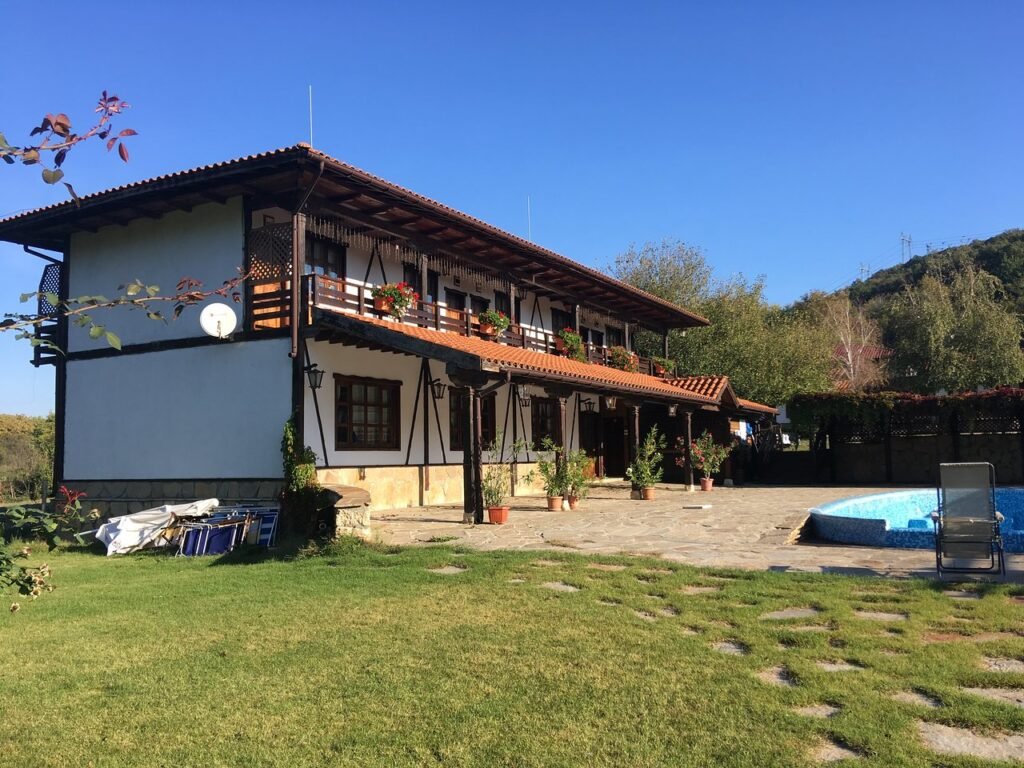
Both visitors and the people of Varna benefit from this distinctive attraction by reconnecting with Bulgaria’s traditional ways. The best way to describe it is as a living outdoor museum. Here, there are five traditional homes and a restaurant made of locally sourced wood and stone. At the ethnographic museum, you may observe local crafts and attire, as well as see performances of traditional dances, songs, and rituals derived from Bulgarian folklore. The property is located in a truly rural paradise, close to a river and beneath lush hills filled with cows that even supply the milk for the yoghurt that is served at the restaurant.
Varna Cathedral
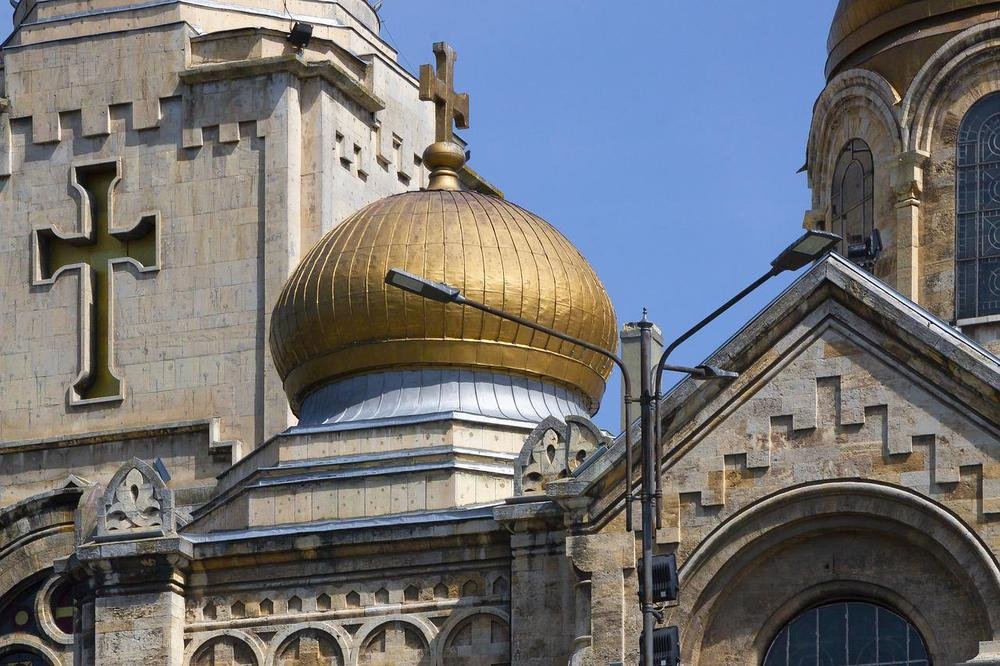
One of the city’s postcard vistas features the gleaming copper domes of this magnificent church. The cathedral was modelled after the temple at Peterhof Palace in St. Petersburg and was constructed by the Russians not long after Bulgaria was liberated from the Ottomans in the late 19th century. The Russian Tsar Nicholas II gave more than 50 of the icons that can be seen in the church’s vast interior in the early 20th century, and most of the other decor was added in stages due to war. The enormous stained-glass windows, for instance, weren’t put in until the 1960s.
Stone Forest
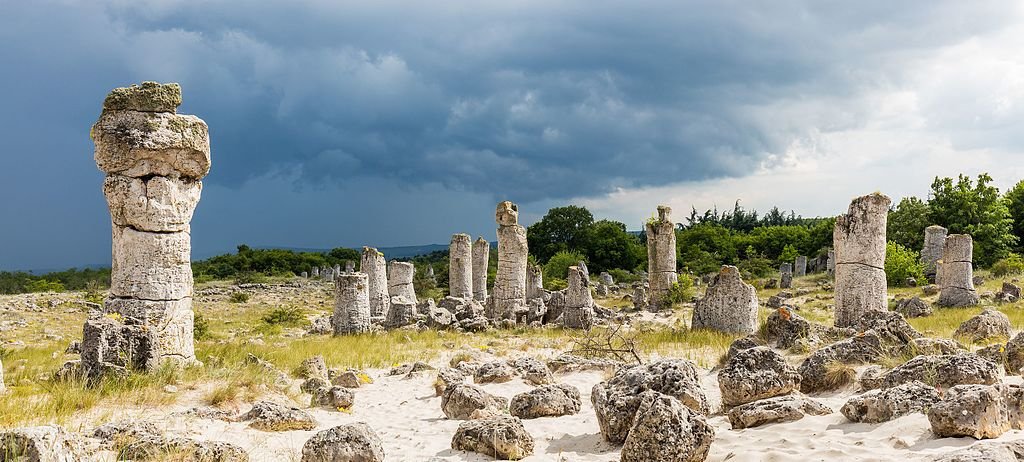
A remarkable natural occurrence may be found in what is Bulgaria’s lone desert, a short distance from the battleground. The Stone Forest is a 13 square kilometre-long expanse of roughly seven-meter-tall stone columns. It’s hard to believe these hollow columns weren’t created by small organisms through a process known as methane oxidation, but they weren’t. Aside from Tabernas in Spain, which is the only desert on the European continent, the columns are worth a few pictures.
University Botanical Garden
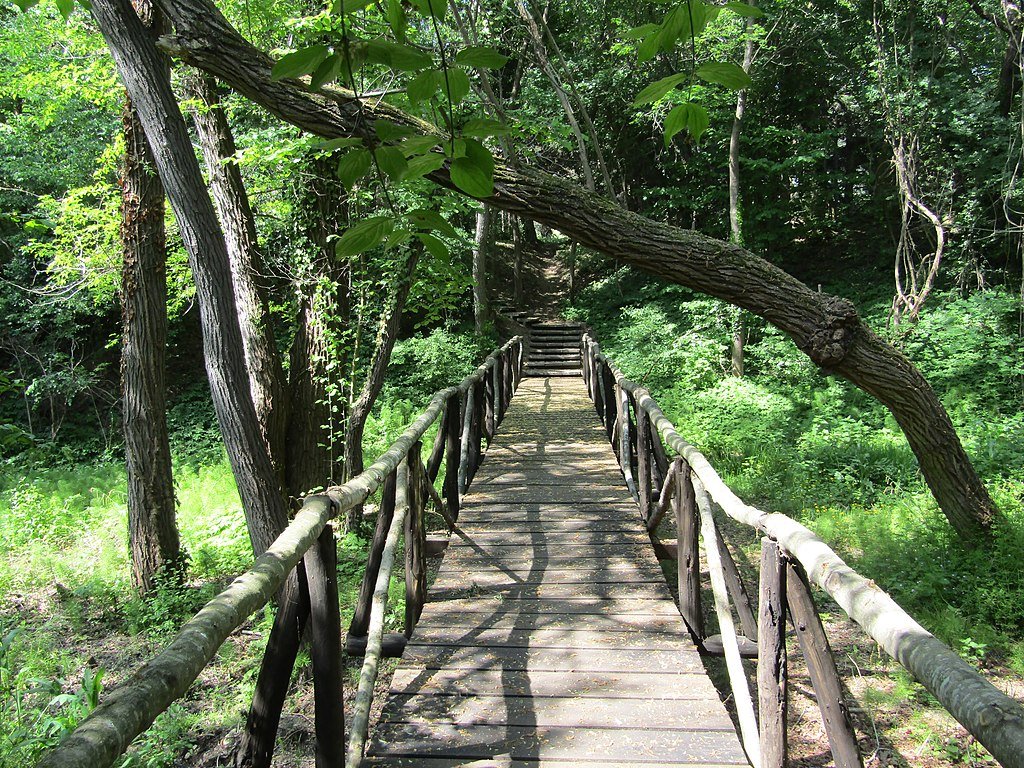
This is a family-friendly afternoon outing if you’ve taken the entire clan to Varna. You may take a stroll in the tranquil surroundings of this 360-hectare park and arboretum or have a picnic under the trees. In all, 300 different varieties of plants and bushes can be found in the Botanical Garden, which opened in 1977. If you visit in the early summer, you will be treated to the wonderful spectacle of the gardens’ 250 varieties of iris and 30 types of roses in bloom.
Aladzha Monastery
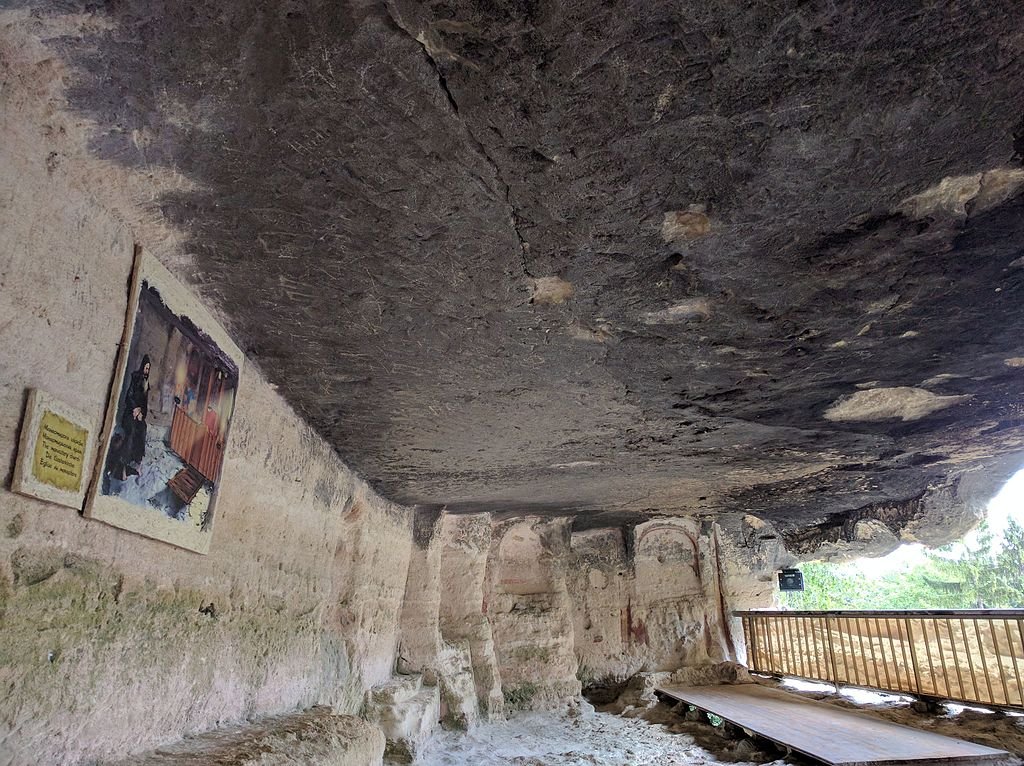
A magnificent Orthodox cave monastery complex that is a part of a protected natural environment just inland from the coast is located just outside the northeastern suburbs of Varna. These man-made caves were purposefully carved out of the face of a karst rock that is 25 metres high. It requires sure feet because portions of the terrain can be challenging. The monastery’s interior boasts impressively preserved mosaics as well as partially destroyed medieval murals. You can access two catacombs from there by taking a short wooded trek.
The Archaeological Museum
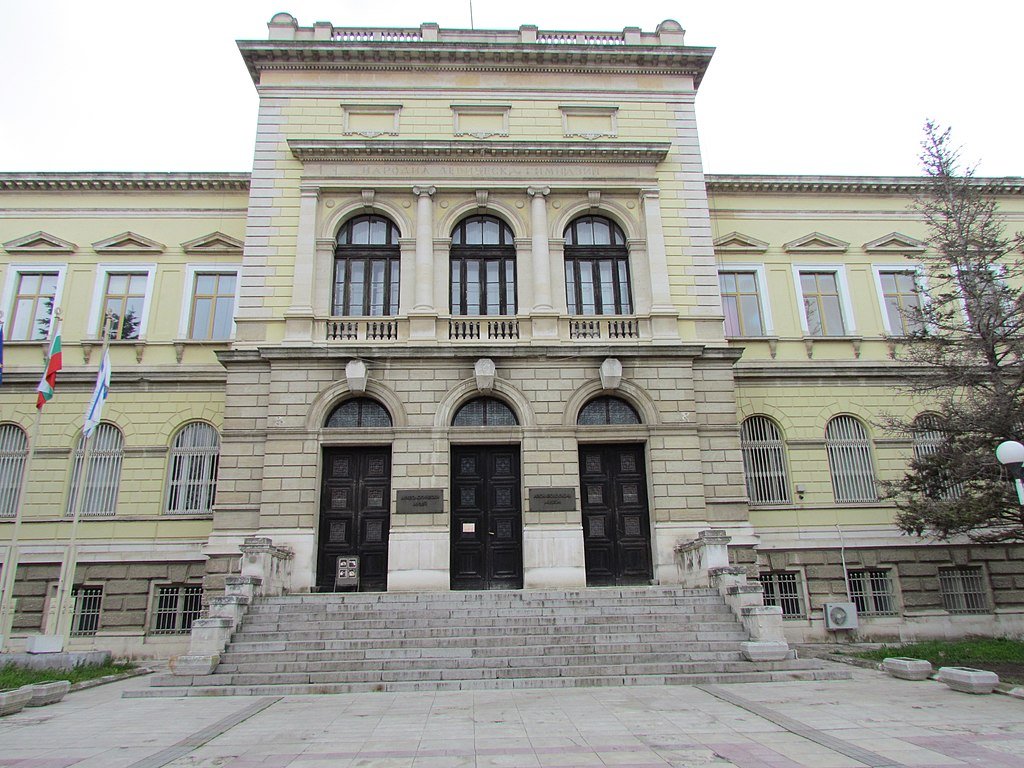
The city of Varna boasts a wealth of priceless artefacts because of its Roman past, but the Gold of Varna show raises the Archaeological Museum to the top of the must-see list. Most visitors come for these reasons: a selection of gold and priceless objects retrieved from the astonishing 6,500-year-old Thracian burials at the Varna Necropolis. The oldest gold treasure in existence is the Gold of Varna, as a result. These artefacts, which have travelled the globe, are filled with jewellery, kitchenware, and other adornments. They found 1.5 kg of gold in one tomb at the necropolis, which most likely belonged to a chief or priest.
The Battle of Varna Park Museum
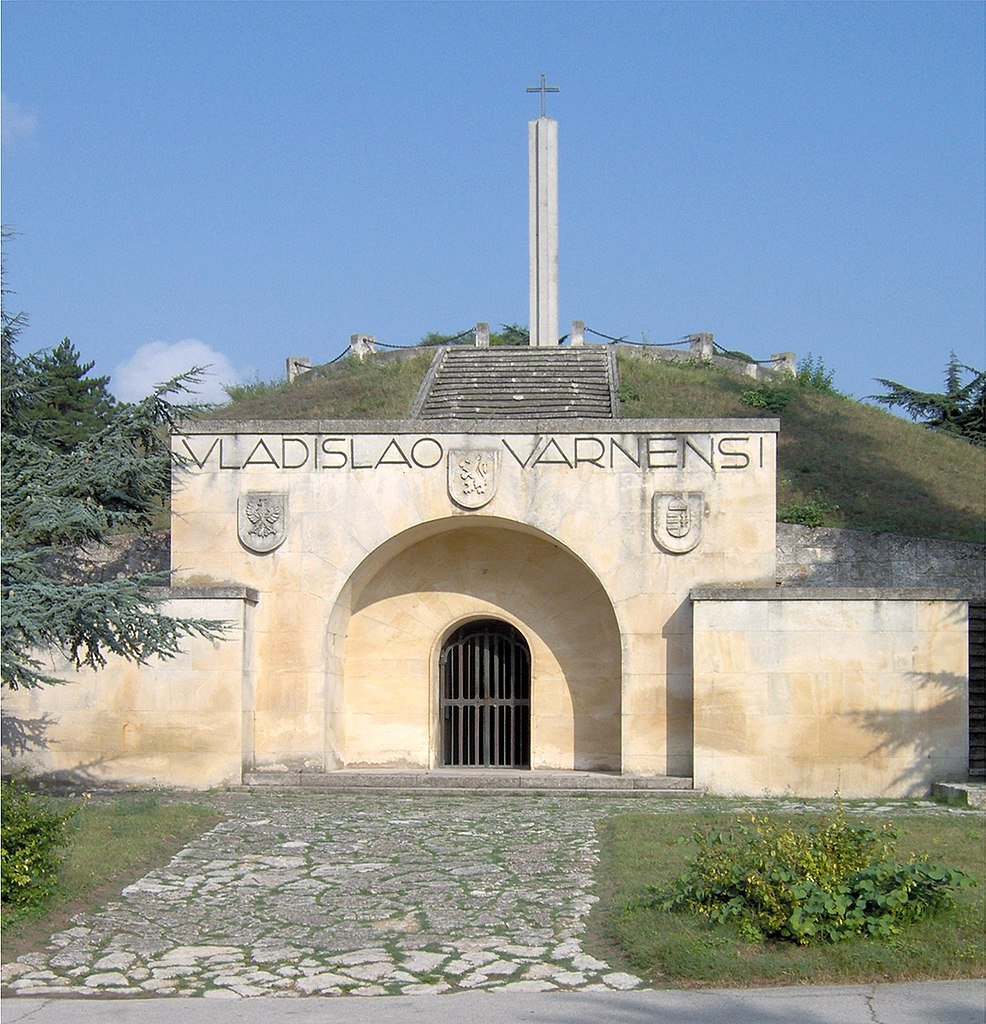
The location of this museum commemorates one of the crucial events in late-medieval European history. The Ottoman Army of Sultan Murad II defeated a Hungarian-Polish Christian Army in Varna in 1444. Turkish rule in the area began as a result, lasting for several centuries up to the late 19th century. The park is located to the west of Varna, and the structures there house a permanent display of armour and weapons from the battle’s aftermath in the 15th century. Spend some time exploring the rest of the park because it contains the city’s mausoleum as well as Thracian barrows with burials dating back to 4,000 BC.
Amusement Park Varna

Varna’s Amusement Park, a component of the Sea Garden, is one for the little guys and will help kids burn off some of that extra energy. Bumper cars, carousels, miniature roller coasters, a lake with boats, a Ferris wheel, and trampolines with a kind of bungee rope contraption that kids would want to bounce on for hours are among the small attractions and rides there. Although there isn’t much here to keep older kids and teenagers entertained, this park is great for the younger members of the family.
Varna Roman Baths
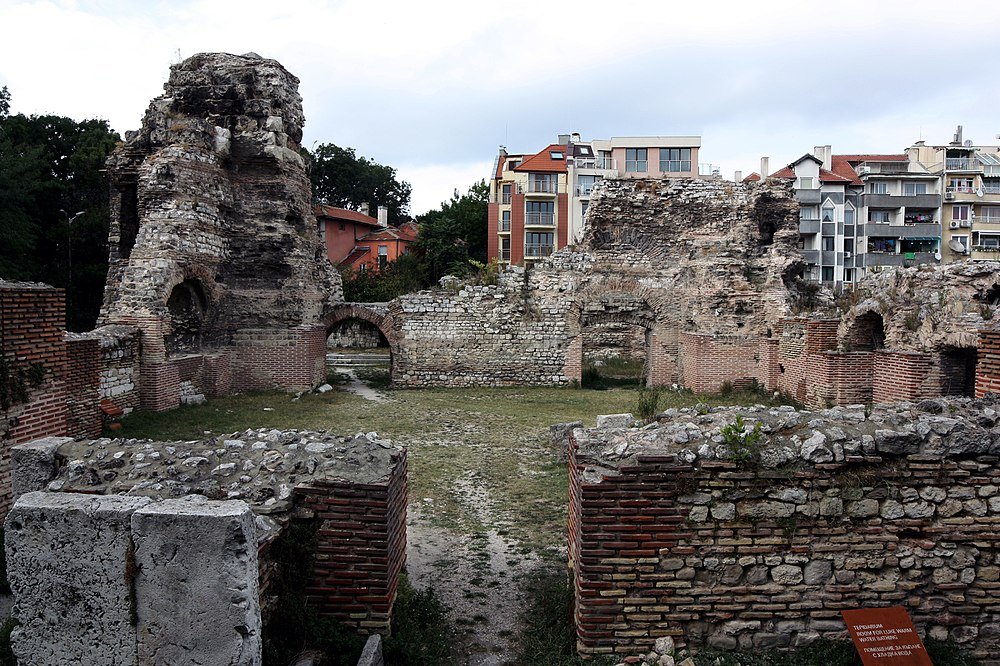
A spa complex that previously belonged to the Roman city of Odessa is located immediately to the southeast of Varna. These baths are among the biggest Roman thermae that has survived in Europe and the second largest outside of Rome, dating back to the year 100. All of the original amenities may be seen in one portion of the building that is 25 metres tall. Even the vestiges of the hypocaust, which heated the baths using a system of underground pipes, are still visible. You can see the baths from above on elevated pathways, and at night when they are all illuminated, they are quite remarkable.
Golden Sands
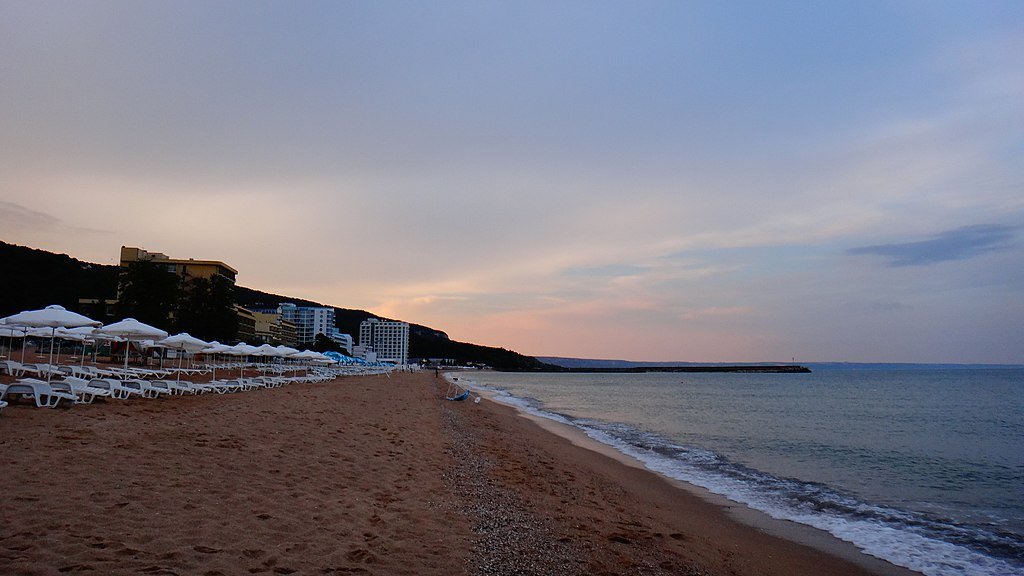
Fortunately, you’ll always have the option of cooling off at this Black Sea resort a short drive or bus trip up the shore when the mercury in Varna soars into the upper 20s. The exclusive Nirvana Beach, which has an undeveloped coastline and only a beach bar, is a peaceful, family-friendly option. The resort’s main coastline has high-rise residences, hotels perched above bars and nightclubs, and a wide stretch of golden sand that gives the place its creative name! It almost resembles a Mediterranean destination like Marbella!
Euxinograd
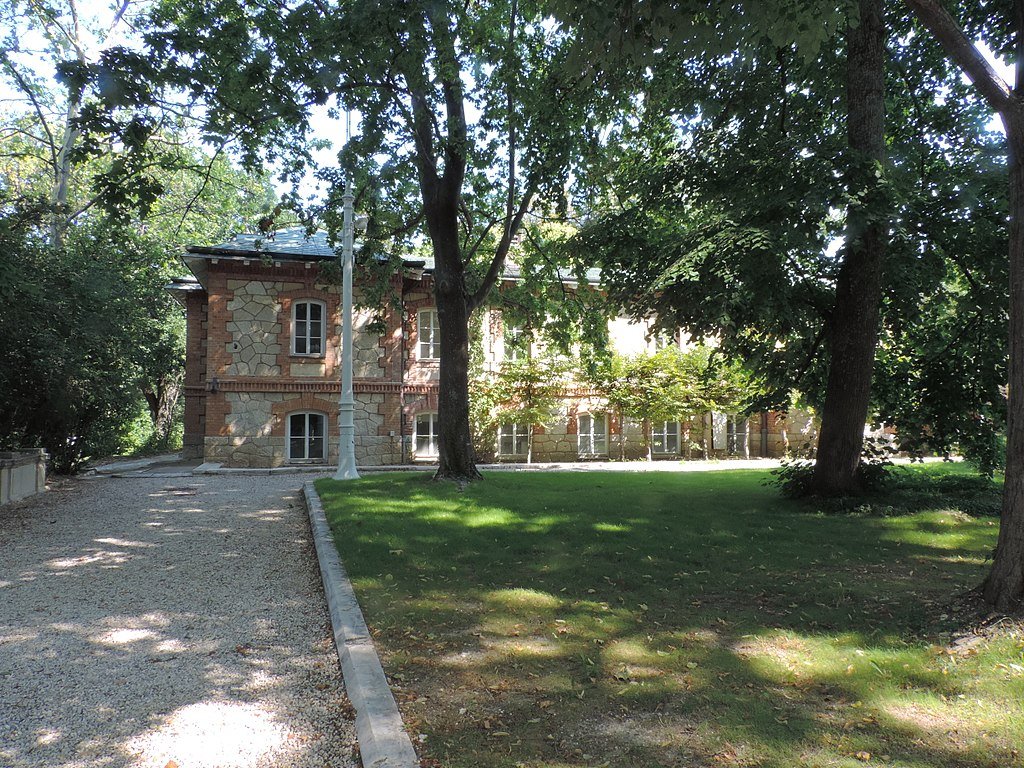
This area used to be a monastery, but in the years after the Bulgarian Revival, Prince Ferdinand I recruited French architects to create the formal gardens surrounding a chateau in the French style. For the grounds, he imported plant species like the Atlantic cedar, and greenhouses were built to overwinter exotic plant species like palm trees in the gardens. The monastery’s renovated cellar was also transformed into a winery, complete with a modest bottling facility. Today, the palace serves as the president’s summer home, but guests are welcome to stroll through the grounds and view the topiaries there as well as the majority of the palace’s outlying structures.

